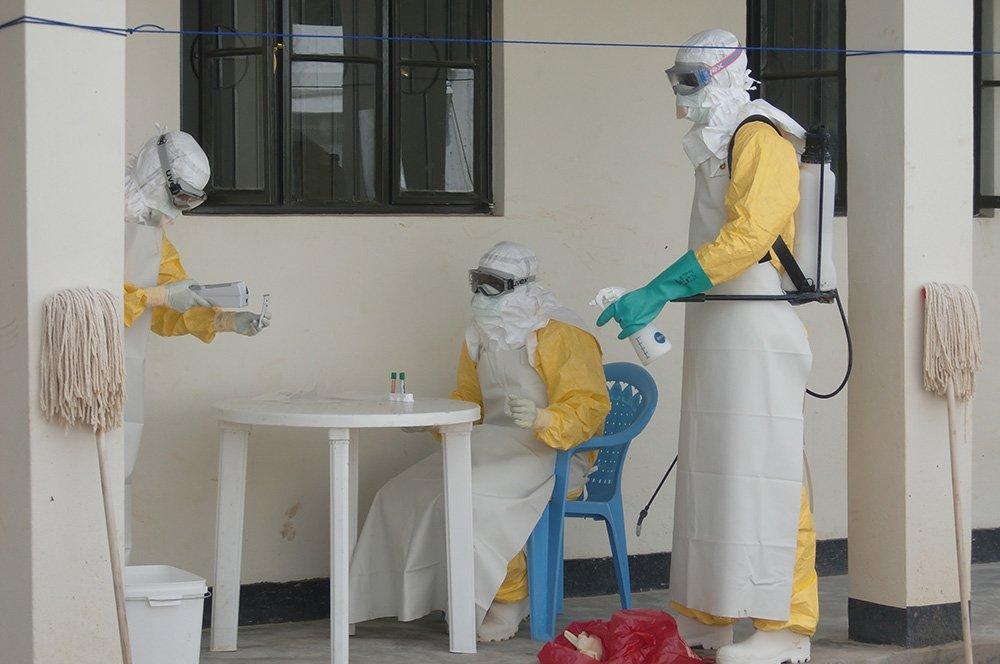Two teams from Doctors Without Borders (MSF) are currently intervening in eastern Uganda, supporting local health authorities and partner organisations in responding to an outbreak of Marburg hemorrhagic fever.
So far, three people died from the disease (one suspect case and two confirmed cases) on 25 September, 13 October and 26 October respectively. They all belonged to the same family. The first two cases died in Kapchorwa hospital, while the third case died in the treatment unit in Kween health centre.
MSF is focusing its intervention around case management, and support to contact tracing and mapping. In Kween, MSF has set up and is running a 10-bed treatment unit, and an MSF epidemiologist is helping local health authorities with contact tracing – listing and monitoring people who have been in contact with identified cases. In Kapchorwa, MSF, together with the Ministry of Health, is running a nine-bed treatment unit within the existing district hospital.
Marburg virus disease is similar to Ebola – early symptoms are not specific and include fever, headache, fatigue, nausea. Like Ebola, it can be lethal in up to 90 percent of cases.
There is currently no officially-approved vaccine or treatment against the disease, as no product has currently completed its clinical research path. However, existing drugs have shown at least partial efficacy against other filoviruses, and their use in the frame of a compassionate use scheme is currently being investigated by MSF and local health authorities.
Find out more about MSF's activities in Uganda
MSF first intervened in Uganda in 1980. The medical humanitarian organization currently runs emergency programs to assist South Sudanese refugees in the North of the country, as well as longer-term programs in Arua and Kasese districts. Here, focus is put on HIV, tuberculosis, malaria, and other infectious diseases, as well as access to healthcare for populations with specific needs (adolescents, fishermen communities, sex workers, amongst others).
